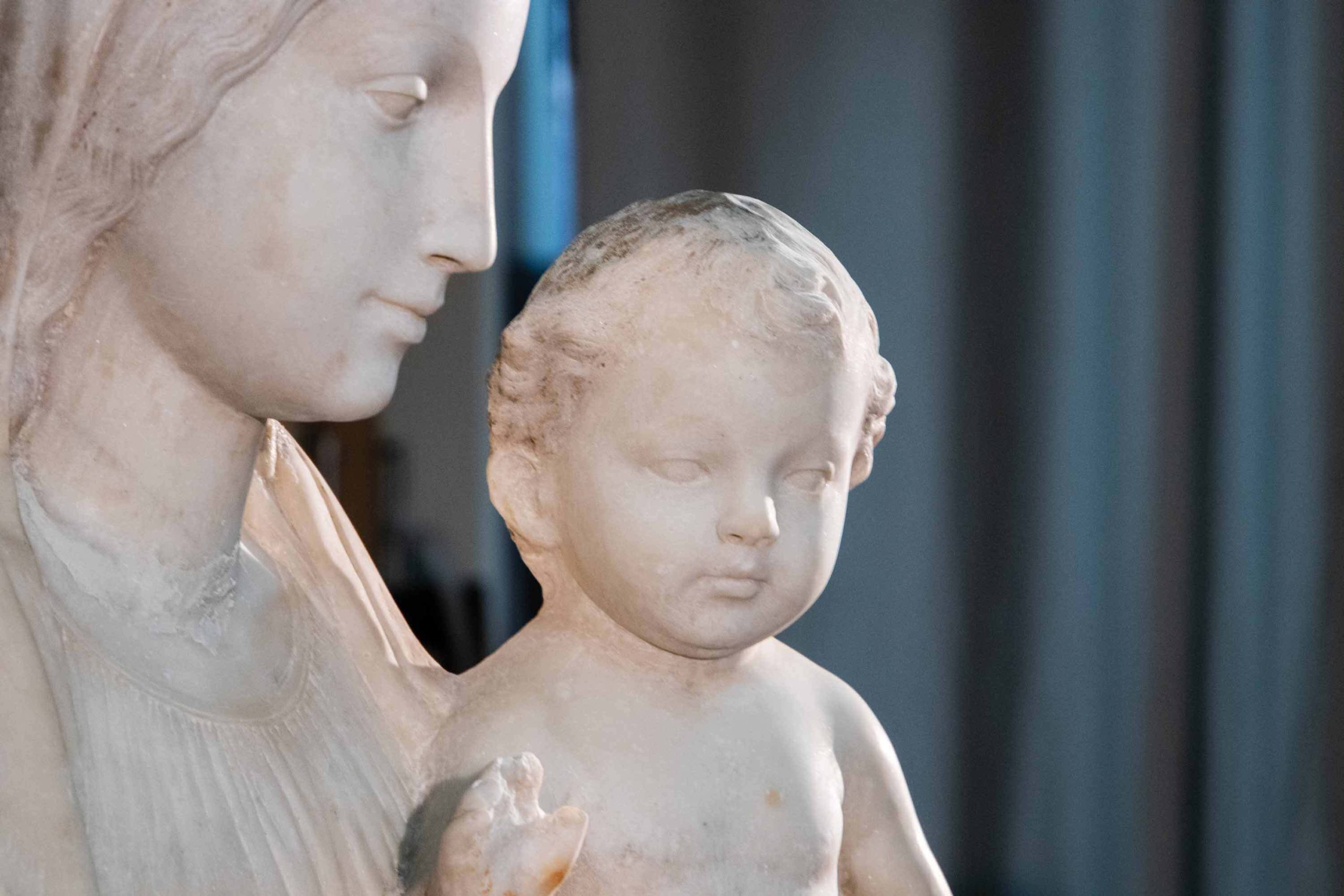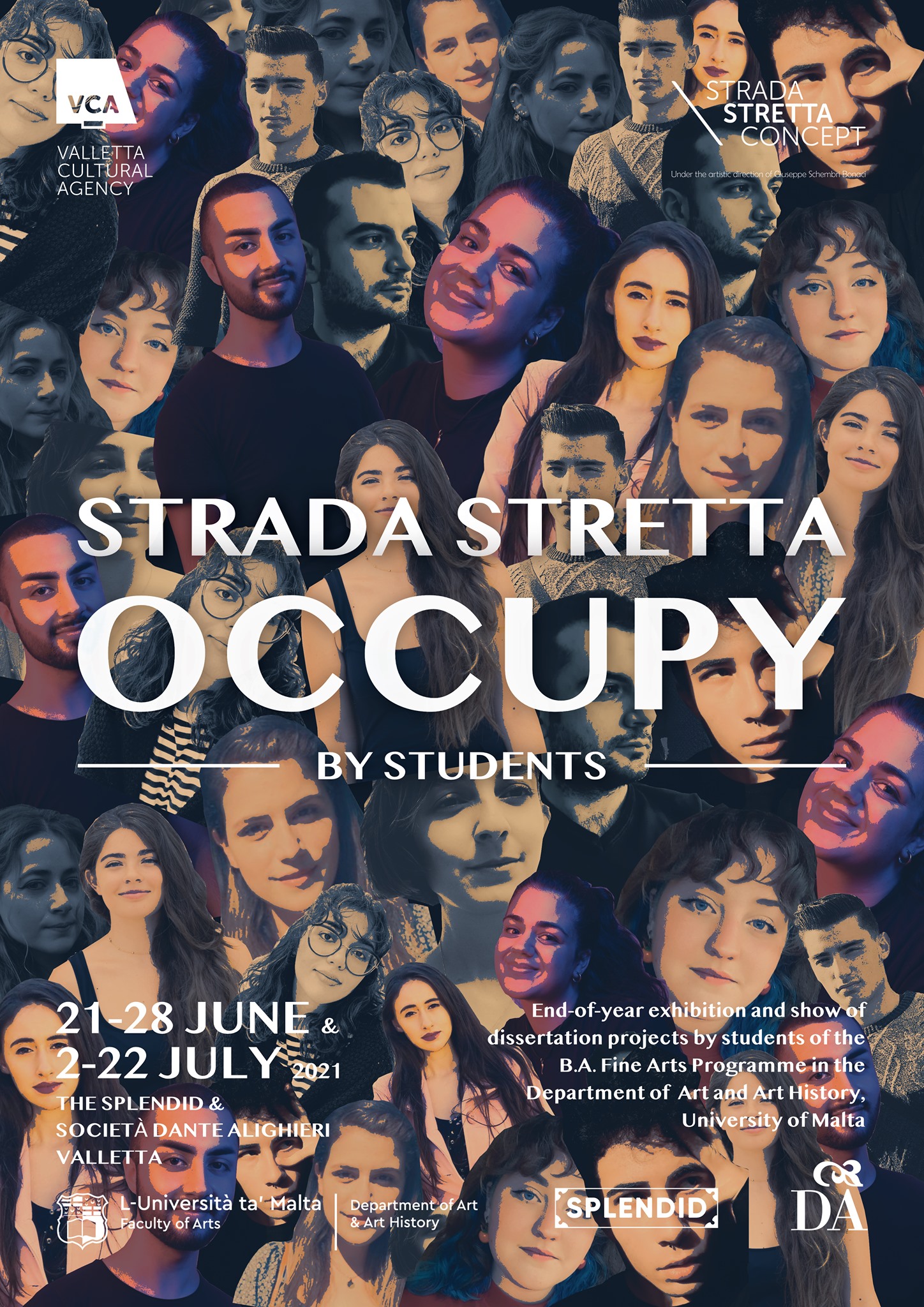Commissioned over half a millennium ago, Antonello Gagini’s Madonna and Child has been silently standing tall in a Franciscan church in Rabat for the past five centuries. Little was known about the Renaissance sculpture, but a recent study is tracing the statue’s history. Caroline Curmi speaks to art historian Dr Charlene Vella and University of Malta student Jamie Farrugia about their findings.
Continue readingThe Damned Sublime: Exploring Right and Wrong Through Art
700 years ago, Dante Alighieri explored the damned and the sublime in his La Divina Commedia. In 2021 B.A Fine Arts students at the University of Malta dive into this theme through their explorations of the whimsical, the grotesque, and the celestial, as well as the profound, the landscape, and the human form.
Continue readingPoverty in a prospering country
Author: Samuel Casha

In 2018, anti-poverty organization Oxfam reported how in 2017, the world’s 2,043 billionaires increased their combined wealth by $762 billion–enough money to eradicate global poverty seven times over. While in past centuries, poverty was a consequence of a lack of resources, abundance is a far greater issue in today’s world. The problem is resource distribution.
The gap between the rich and poor is ever-widening, and this is a reality that is true in Malta.
Our streets might not be blighted by homeless people as in most big European cities, yet hidden poverty is increasing. In 2016, the National Statistics Office reported that 16.5% of the Maltese population live at risk of poverty. Skyrocketing property prices have their part to play, grinding society’s most vulnerable members down. Currently, over 900 families live in garages, as stated in a parliamentary meeting in May 2018.
The situation is not the fault of any one political party or another. Poverty is a structural problem. Capitalism generates poverty, just as it generates wealth. Yet, too often, those in the middle-class point their fingers not at the rich and powerful fuelling the machine, but at the poor themselves. Many assume that the poor could climb the social ladder if only they worked harder, but many are employed and still fail to achieve a decent standard of living since the minimum wage is inadequate.
Throughout history, countless artists have depicted poverty, among them Vincent Van Gogh, whose Potato Eaters (1885) remains one of the most powerful paintings about poverty in history. Criticised for its lack of a ‘conventional sweetness,’ in a letter to his brother, Vincent insisted that ‘a painting of peasant life should not be perfumed.’ Van Gogh’s Potato Eaters brings the viewer face-to-face with a type of poverty that exists behind closed doors. Malta’s poverty problem is exactly that: behind closed doors. If we cannot do much to help them, at the very least, the poor deserve our empathy, not our judgement.
This article is based on research carried out as part of the B. A. (Hons.) History of Art with Fine Arts course within the Department of Art and Art History, University of Malta, under the supervision of Prof. Giuseppe Schembri Bonaci.


